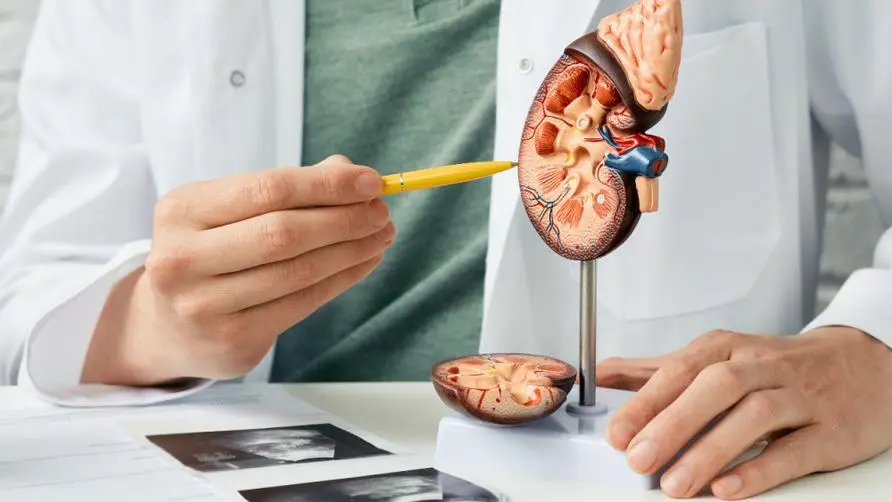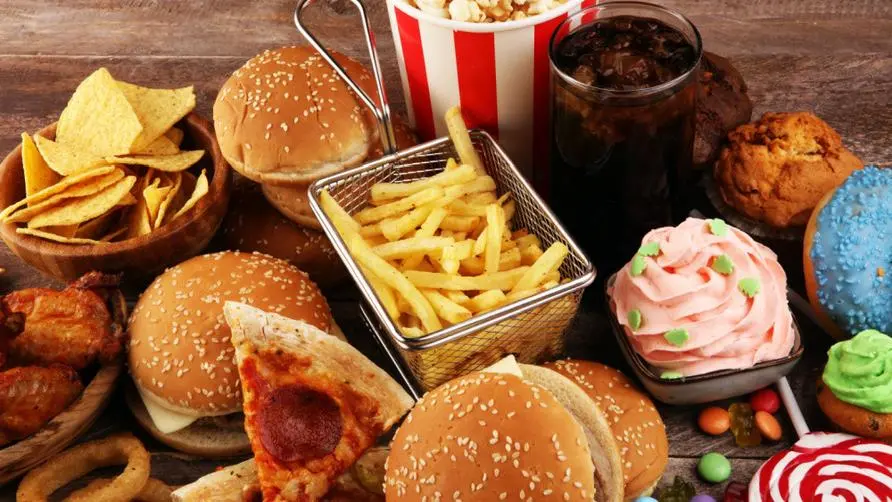If you like to eat vitamin C to replenish your body, beware of the increased risk of "kidney stones"! Nutritionist warns: Do not exceed XX mg a day

Is eating high-calcium foods a risk for kidney stones? Nutritionist clarifies: If you don’t take supplements, the problem will be even greater!
Calcium is an indispensable trace element for the human body. It not only helps strengthen bone health, but is also responsible for physiological functions such as nerve conduction and hormone secretion. However, there are recent rumors on the Internet claiming that eating high-calcium foods will lead to the risk of “kidney stones”. Is this rumor true?
Dietitian Gao Minmin clarified in a social post that many people indeed have the misconception that “calcium is just a stone” and that calcium supplementation will worsen the condition of kidney stones. In fact, sufficient calcium can reduce the absorption of oxalic acid in the human intestine and help reduce the occurrence of kidney stones. We urge the public not to hold on to wrong myths.
“This kind of stone” accounts for more than 70% of patients! Are obesity and high-protein diet risk factors?
Nutritionist Gao Minmin explained that kidney stones are a type of urinary tract stones, which means hard crystal deposits formed by kidney metabolites in the urine. They accumulate in the kidneys and gradually form like stones. There are many types of kidney stones. The most common ones are “calcium oxalate stones” which account for 75% and appear in dense stone shapes such as white, gray and black. There are also phosphate stones which account for about 10-20% and are more irregular in shape. Most of them are caused by bacterial infection; uric acid stones account for about 5% and are orange-yellow transparent crystals. They are usually formed when uric acid in the body is too high.
As for the groups at high risk of developing kidney stones? Highly sensitive nutritionists list the following:
Those with insufficient water intake. Insufficient drinking water can easily lead to the deposition of metabolites in the kidneys and lead to stones. If there are no special diseases, it is recommended to drink at least 1500-2000cc of water every day; when the weather is hot, the amount of water should be increased.
Obese people. High-risk factors for obesity such as increased weight, BMI, and waist circumference are closely related to kidney stones.
Unbalanced diet. Consuming only a specific diet, or frequently eating foods high in sodium, sugar, oxalate, and protein can easily increase the risk of kidney stones.
Family or personal medical history. If someone in the family suffers from kidney stones, the chance of suffering from kidney stones is likely to be higher than the average person.
People with specific diseases. Diseases such as urinary tract infection, cystinuria, and renal tubular acidemia may increase the risk of kidney stones.
Is taking too much vitamin C more likely to cause kidney stones? Nutritionists urge patients to grasp 6 major principles
If you are in a high-risk group or have a history of kidney stones, how can you improve your eating habits to prevent or improve kidney stones? Dietitian Gao Minmin said that following the “3 dos and 3 don’ts” principle in diet can help avoid the risk of stones and maintain kidney health:
Three essentials:
Eat enough calcium, 1000mg daily. Sufficient calcium can reduce the absorption of oxalic acid in the human intestine and help reduce the recurrence of kidney stones. Certain ethnic groups are worried that calcium will form “calcium oxalate” in the body and reduce calcium supplements. In fact, only by taking in enough calcium on a daily basis can stone problems be prevented.
Drink enough water, 2500cc daily. Large amounts of urination can dilute urinary calcium and oxalic acid precipitates and prevent over-concentration of crystals. Supplementing 2500cc of water every day can not only increase urination, but also help metabolism.
Eat plant protein: Reduce animal protein. Excessive intake of animal protein, especially processed food or red meat, can easily increase urinary calcium concentration. It is recommended to replace part of the red meat intake with soy products such as black beans, soybeans, edamame, chickpeas and other high plant-based proteins.
Three no’s:
Avoid high oxalate diets. Drink less strong tea and excessive amounts of coffee, drinks, red meat and animal protein. Patients or high-risk groups can take calcium supplements between meals to reduce oxalic acid absorption while also replenishing sufficient calcium.
Avoid high units of vitamin C. Excessive vitamin C will form oxalic acid after metabolism in the body, increasing the risk of hyperoxaluria. The recommended daily intake for adults is 100mg, mainly from “natural sources”. Too much will cause a burden on the body.
High sodium and salty diet. When the body takes in too much sodium, it will be excreted in the urine, which may increase the urinary calcium concentration and increase the precipitation and crystallization of stones.
Finally, nutritionist Gao Minmin reminds that the above dietary improvement measures are based on the “calcium oxalate” stones that most people will encounter. If it is crystallized stones caused by excessive uric acid, you can also choose a “low-purine diet” as an improvement strategy. In other words, people should know the type of kidney stones they have through professional medical testing, and then use this as a starting point to make adjustments, which can also help prescribe the right medicine and recover from the condition as soon as possible.
Further reading:





